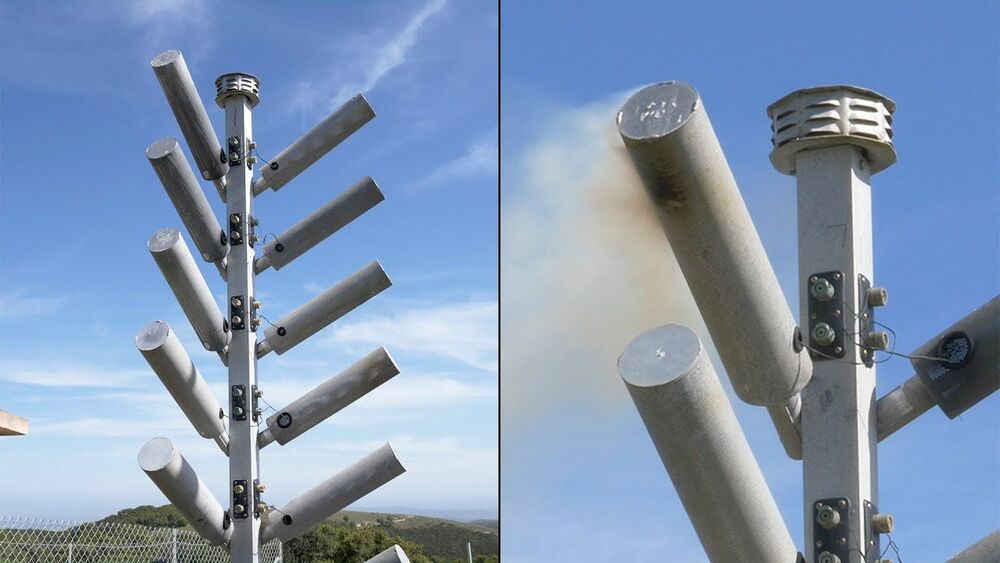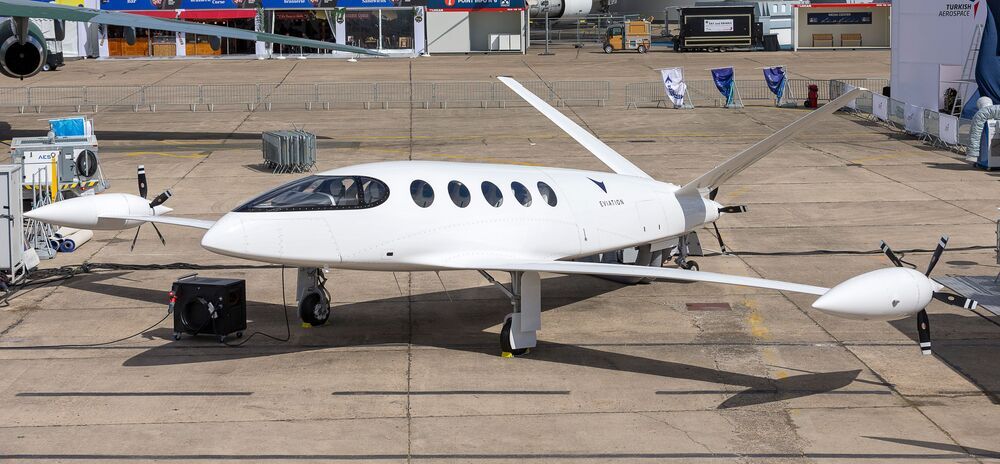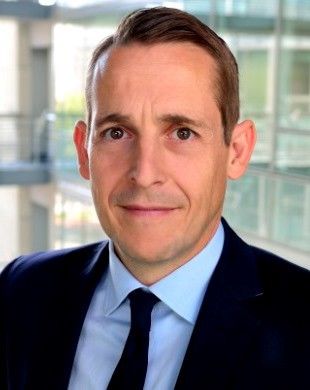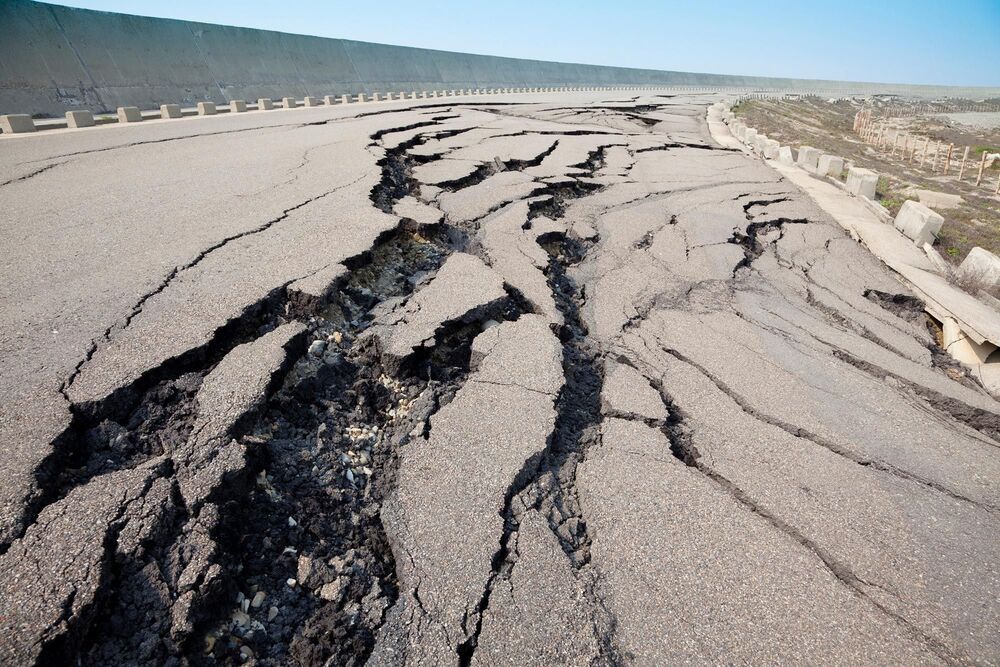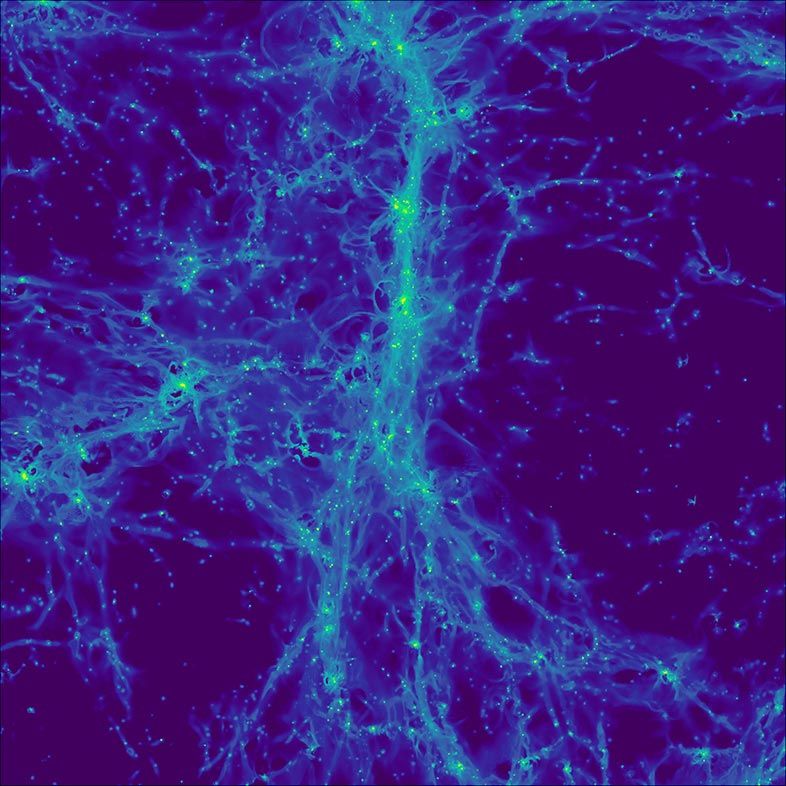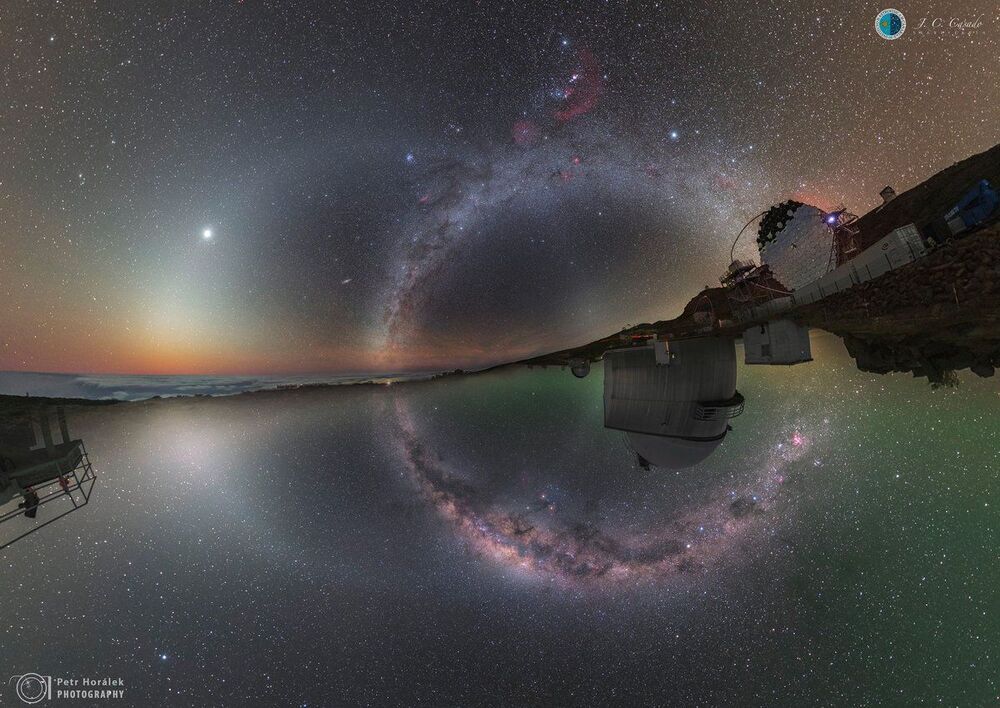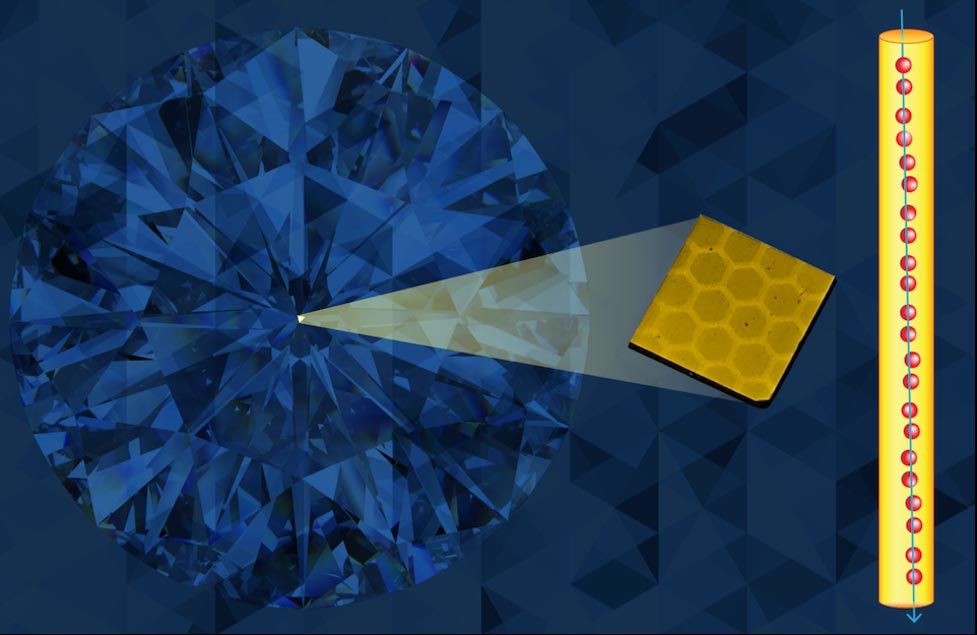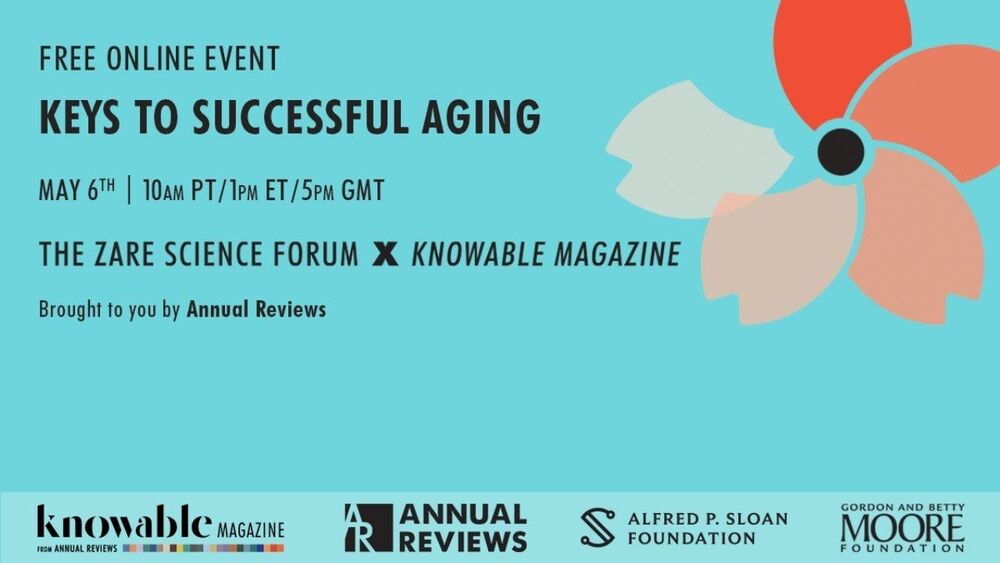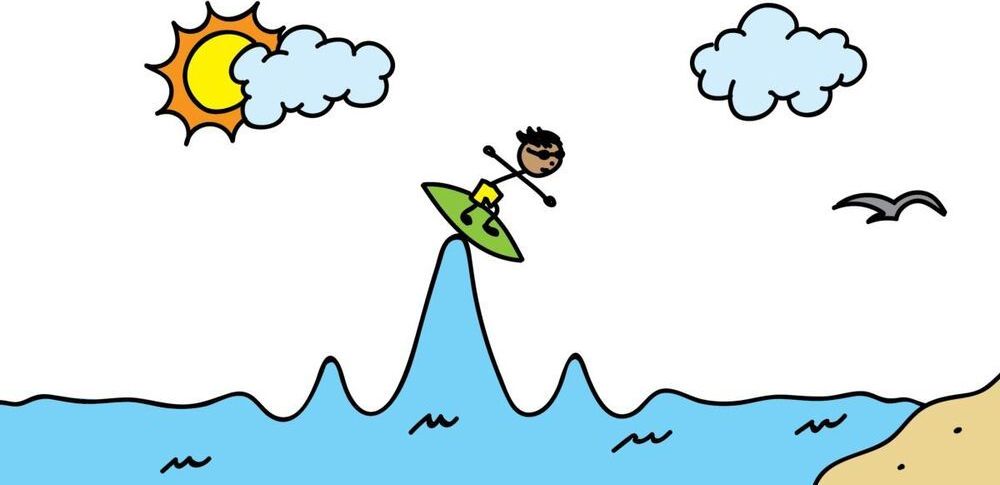May 15, 2021
Weather modification tech: How cloud seeding increases rainfall
Posted by Quinn Sena in category: geoengineering
We visited one of the longest-running cloud seeding operations in the country to get a full demonstration and walk-through of the equipment that aims to increase the rain we get from the clouds passing above our heads.
Safety of silver iodide: http://www.health.utah.gov/enviroepi/appletree/technicalassi…eeding.pdf.
Continue reading “Weather modification tech: How cloud seeding increases rainfall” »
